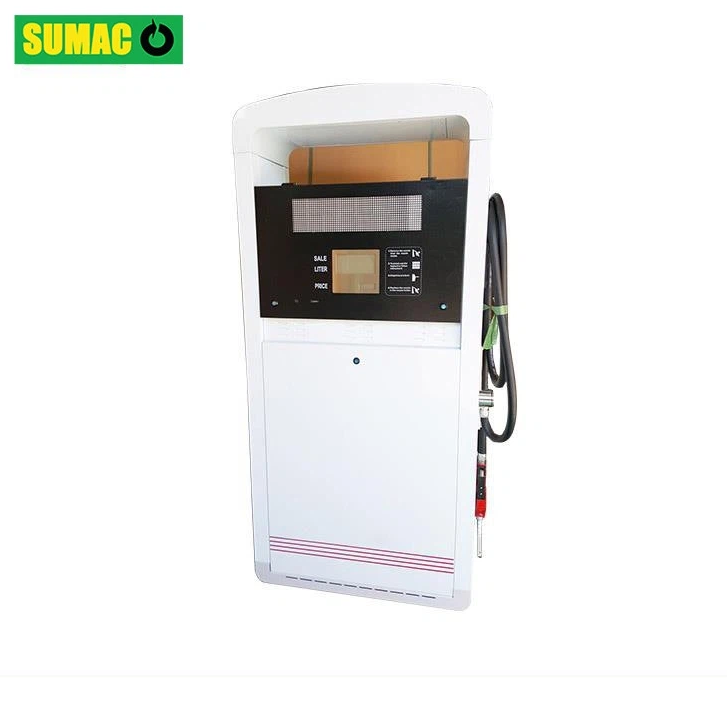Customized fuel tanks require special anti-corrosion coatings due to the harsh operational environments they endure, which can degrade materials and compromise safety, durability, and fuel purity. Here’s a detailed breakdown of the key reasons:
1. Chemical Resistance to Fuel and Additives
Modern fuels often contain aggressive components:
- Ethanol and Biodiesel: These biofuels are hygroscopic and corrosive to metals like aluminum and mild steel. For example, ethanol-blended gasoline (E10-E85) can dissolve protective oxide layers on aluminum tanks, leading to pitting and leaks. Special coatings like epoxy-phenolic resins create a chemical barrier, resisting degradation from ethanol’s hydroxyl groups.
- Sulfur Compounds: Diesel fuels with high sulfur content (e.g., in marine applications) form sulfuric acid when combined with moisture, attacking steel welds. Coatings like fusion-bonded epoxy (FBE) or polyurea provide a non-reactive surface, preventing sulfidation corrosion.
2. Protection Against Environmental Factors
External and internal environments pose distinct corrosion risks:
- External Corrosion: Road salt, humidity, and chemical spills (e.g., in transport tanks) cause galvanic corrosion. For automotive tanks, zinc-rich primer coatings create a sacrificial layer, where zinc oxidizes preferentially over steel, extending tank life by 50% or more.
- Internal Moisture: Condensation in fuel tanks (especially in aviation or stationary tanks) forms microbe-rich water layers at the fuel-water interface. Coatings like phenolic epoxy inhibit microbial-induced corrosion (MIC) by preventing biofilm adhesion, critical for compliance with ASTM D6594 standards for fuel system cleanliness.
3. Enhanced Durability for Specialized Applications
Unique operational demands necessitate tailored coatings:
- Aviation Tanks: Jet fuel (JP-8) contains aromatic hydrocarbons that degrade standard paints. Fluoropolymer coatings (e.g., PTFE) offer chemical inertness and low friction, reducing fuel turbulence and static buildup, the latter a fire hazard in aerospace applications.
- Marine Tanks: Submerged or coastal tanks face saltwater spray and chloride-induced stress corrosion cracking (SCC). Glass-flake reinforced coatings (e.g., vinyl ester) provide multi-layered barriers, deflecting chloride ions and resisting SCC in aluminum or stainless steel tanks, as required by Lloyd’s Register marine standards.
4. Regulatory Compliance and Safety
Many industries mandate anti-corrosion measures:
- Hazardous Materials Transport: UN-certified tanks for flammable liquids must use coatings compliant with EN 12927 (for chemical tankers), ensuring no contamination of cargo and preventing leaks during transit. For example, phenolic coatings are approved for transporting sulfuric acid due to their high thermal and chemical stability.
- Underground Storage Tanks (USTs): EPA regulations (40 CFR Part 280) require double-walled tanks with corrosion-resistant liners (e.g., fiberglass-reinforced plastic) to prevent gasoline or diesel leaks into groundwater, a major environmental hazard.
5. Cost and Lifecycle Benefits
While coatings add upfront costs, they significantly reduce long-term maintenance:
- Extended Service Life: A properly coated tank can last 20–30 years, compared to 10–15 years for uncoated steel tanks in aggressive environments. For offshore oil rig fuel tanks, this reduces replacement costs by millions of dollars over the asset’s lifecycle.
-
Reduced Downtime: Corrosion-related leaks in industrial tanks cause costly shutdowns. Ceramic-based coatings (e.g., molybdenum disulfide) offer extreme wear resistance, minimizing the need for frequent inspections and repairs in heavy machinery fuel systems.

